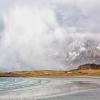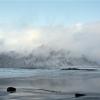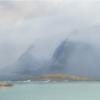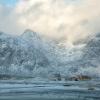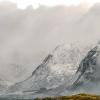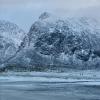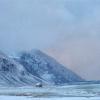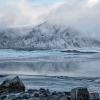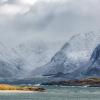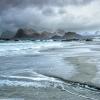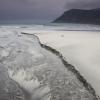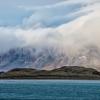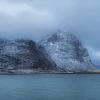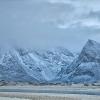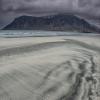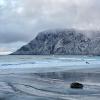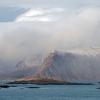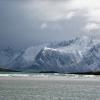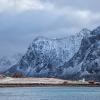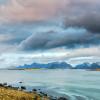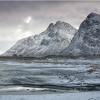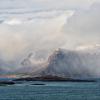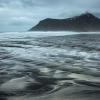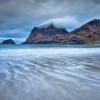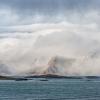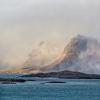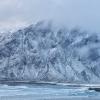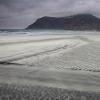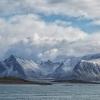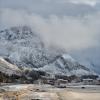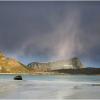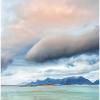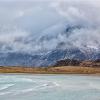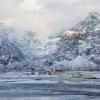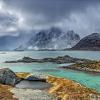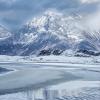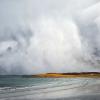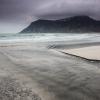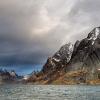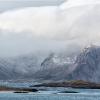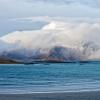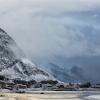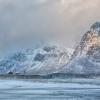
The Lofotens are northern Norway's barrier against their prevailing weather from the west, with systems crossing the North Atlantic seemingly very frequently. This means that conditions there change quickly and frequently, and certainly outside summer it's not possible to look out the window in the mornings and know that today is going to be a good or bad day.
Though in any case, as a photographer, what's good for you may well not be good for me and indeed there's little worse for me than a day with a clear blue sky - and that's why I tend to gravitate to colder and temperate climes rather than head for the sun and warmth. It's the changes in weather that produce the drama that fascinates me, and the Lofotens with their brutal exposure to the storms from the ocean, coupled with a dramatic landscape, have become firm favourites. We've spent many a day following the weather systems around to locate the most dramatic skies and landscapes. But mostly all we were getting is time in the car. By the time we arrived somewhere it was often no better than where we started, and I was missing stuff.
So a different strategy was called for, and now when a system comes through we'll often stay close to where we are and wait for the weather to come to us, normally quite close to where we're staying and quite often hanging around the same half dozen spots watching the skies. This gives us the opportunity to photograph at the times when the storm system and landscape interact best, rather than missing stuff driving. I think it works pretty well, and on our 2019 trip got some photographs that historically I'd have missed . The downside is of course that you reduce the number of different locations you see in a day, but in this area that we've come to know quite well, that's acceptable and manageable if what you're looking for is to get the best conditions rather than the most photographs.

